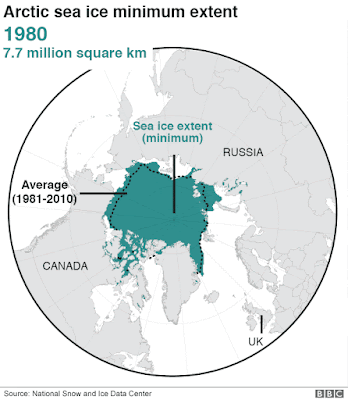From Worldometer (new COVID-19 deaths yesterday):
DAY USA WORLD Brazil India South Africa
June 9 1093 4732 1185 246 82
July 22 1205 7128 1293 1120 572
Aug 12 1504 6556 1242 835 130
Sept 9 1208 6222 1136 1168 82
Oct 21 1225 6849 571 703 85
Nov 25 2304 12025 620 518 118
Dec 30 3880 14748 1224 299 465
Jan 14 4142 15512 1151 189 712
Feb 3 4005 14265 1209 107 398
25 2414 10578 1582 119 144
Mar 2 1989 9490 1726 110 194
31 1115 12301 3950 458 58
April 6 906 11787 4211 631 37
May 4 853 13667 3025 3786 59
5 743 14567 2791 3982 46
11 743 13444 2275 4200 71
Summary: Much of the world is slowly improving. Except for India.
The BBC showed a graphic which should be alarming to most. These are the expected temperature increases for those cities from now (article written in 2019) to 2050:
You need to multiply by 1.8 to convert to Fahrenheit degrees. Thus, in 2050 Seattle will be 11 F higher in the month of August. However, the average high today is only 75 F, so 86 F might still be tolerable with air conditioning. While Phoenix today ranges from a low or 81 F to a high of 105 F in August, the increase won't be as high as 11 F, but still, a lot worse than today, which is already oppressive. And it's worse in July in Las Vegas. Their all time high of 113 will surely be exceeded. Another way to look at this is how Dallas-Fort Worth will suffer into the future.
Mecca, Saudi Arabia already has the highest average annual city temperature of 33 C, or 91 F. Bangkok averages 35 C (95 F) from March to May with humidity in the 90's. I've been there many times, and frankly don't remember being uncomfortable. But I pretty much stayed in air conditioned comfort.
Death Valley averages 117 F in the summer. At one time there was contention as to whether the 1913 temperature there of 56.7 F or in Libya that same year was the highest. They have both been decertified, so Furnace Creek in Death Valley's 55.4 C (129.9 F), taken on 16 August 2020, is now the official all time high for the world. I too have visited that site, and the temperature was not quite that, but certainly intolerable.
Some final data:
- The current estimate is that the planet will warm by 2 C (3.6 F) by 2050.
- Current discussions are about having the world pledging to limit rising by 1.5 C (2.7 F) by 2050.
- Current commitments are not sufficient to prevent a 2 C rise by 2050.
- Further, Planet Earth would then further increase in temperature from 2.9 C (5.2 F) to 3.4 C (6.1 F) by 2100.
- To keep below an increase of 1.5 C, carbon emissions need to be cut 45% by 2030, and reach net zero by 2050.
The worst countries:
Drop in Arctic ice:
Click here to see additional graphics.
More important than just showing temperature is the effect this will have on Humanity. But that will come in a future posting. Just one more though, sea level rise:

The New York Times has a link where you type in your city, then the year you were born. You then can see how much the temperature has increased since your birth. Click on that now, for they could cut-off this service in the future. Their data only goes to 1960, but that is far back enough to compare with 2020.
-













Comments
Post a Comment